A Case That Changed History: J&O vs. Internet Platform
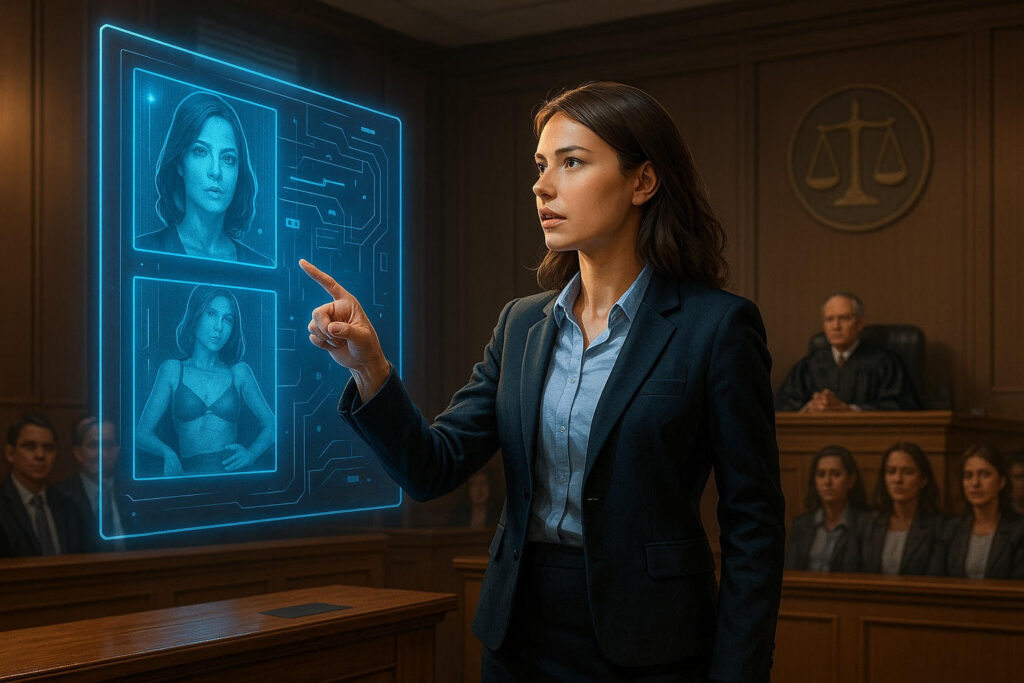
In 2023, Jane O., a young professional, discovered explicit AI-generated images of herself circulating online. These deepfakes—hyper-realistic, fabricated images created using artificial intelligence—were shared across platforms without her knowledge or consent, leading to devastating consequences for her personal and professional life.
When Jane sought the removal of this harmful content, she faced a chilling reality: platforms were either unresponsive or shielded by vague terms of service, citing the lack of existing laws addressing such situations. Determined to seek justice, Jane filed a lawsuit against one of the hosting platforms.
In a groundbreaking judgment, the court ruled in Jane’s favor, finding the platform liable for hosting non-consensual intimate imagery (NCII). This decision was a watershed moment, spotlighting the inadequacies in existing legal frameworks and igniting calls for comprehensive legislation. The J&O vs. Internet Platform case became the catalyst for the TAKE IT DOWN Act—a landmark law designed to combat the proliferation of deepfakes and NCII.
What Are Deepfakes? A Double-Edged Sword
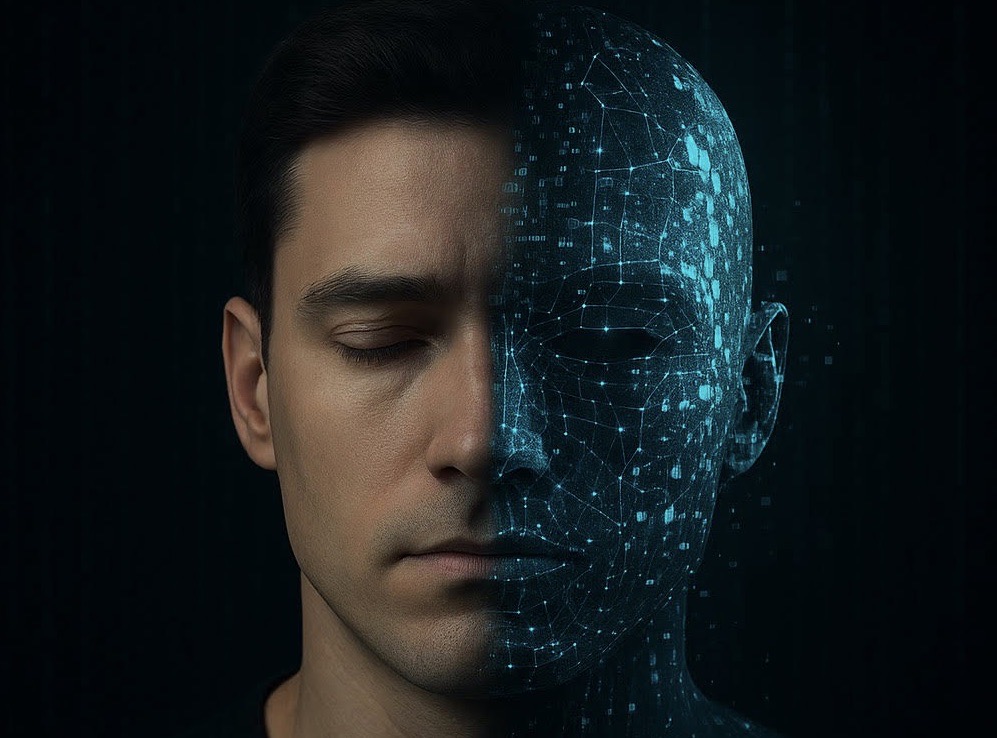
Deepfakes are synthetic media generated using artificial intelligence, often indistinguishable from real photos or videos. While this technology has beneficial applications in fields like education and entertainment, it has also been weaponized:
- Harassment: Individuals, particularly women, are targeted with fabricated explicit content.
- Misinformation: Politicians and public figures are depicted in altered scenarios to manipulate public opinion.
- Privacy Violations: Unauthorized use of personal images to create deceptive or harmful content.
The J&O case was not an isolated incident; it was part of a broader pattern of harm caused by deepfakes.
The TAKE IT DOWN Act: Bridging the Gap
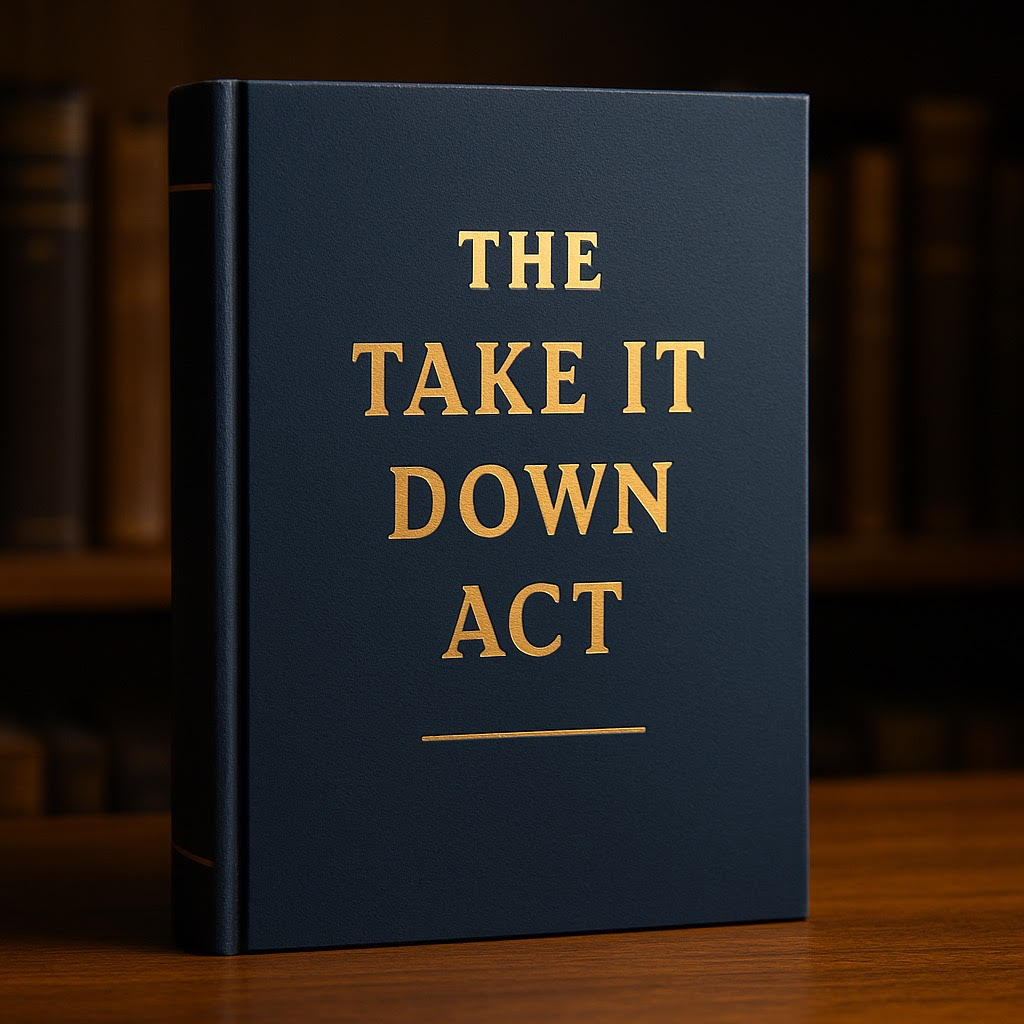
Signed into law in 2025, the TAKE IT DOWN Act provides a legal framework to combat deepfake abuse and protect individuals from NCII.
Key Provisions of the Act:
- Criminalization of NCII: Distributing non-consensual intimate imagery, whether real or AI-generated, is now a federal crime.
- Swift Action by Platforms: Platforms are required to remove flagged NCII within 48 hours of a victim’s request.
- Regulation of AI Tools: AI developers must implement safeguards to prevent misuse of their technologies.
- Enforcement by the FTC: The Federal Trade Commission is empowered to enforce compliance, imposing fines or other penalties for violations.
This legislation marked a significant shift, holding platforms and creators accountable for the misuse of digital tools.
Victim Support Mechanisms: A Lifeline for Survivors

Beyond legal remedies, the Act emphasizes victim support. Resources include:
- Legal Aid: Access to attorneys specializing in NCII and privacy cases.
- Psychological Support: Counseling services for victims dealing with trauma.
- Technical Assistance: Organizations providing tools to help victims track and remove harmful content.
Challenges in Implementation
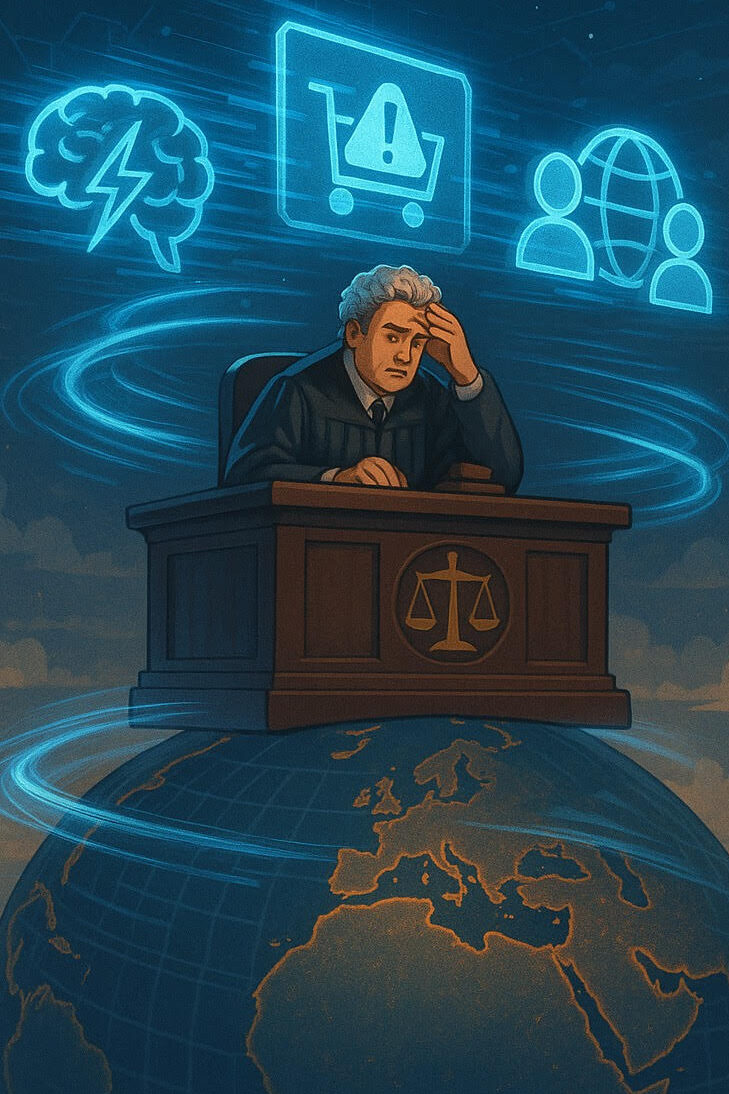
Despite its importance, the TAKE IT DOWN Act faces several challenges:
- Rapid Technological Evolution: AI tools are advancing at a pace that outstrips regulatory capabilities.
- Small Platform Compliance: Smaller platforms may struggle to meet the stringent requirements.
- Global Enforcement Issues: The internet’s borderless nature makes it difficult to enforce laws against offenders outside the U.S.
Lawmakers and advocacy groups must remain vigilant, ensuring the law adapts to emerging threats.
International Efforts and Cooperation
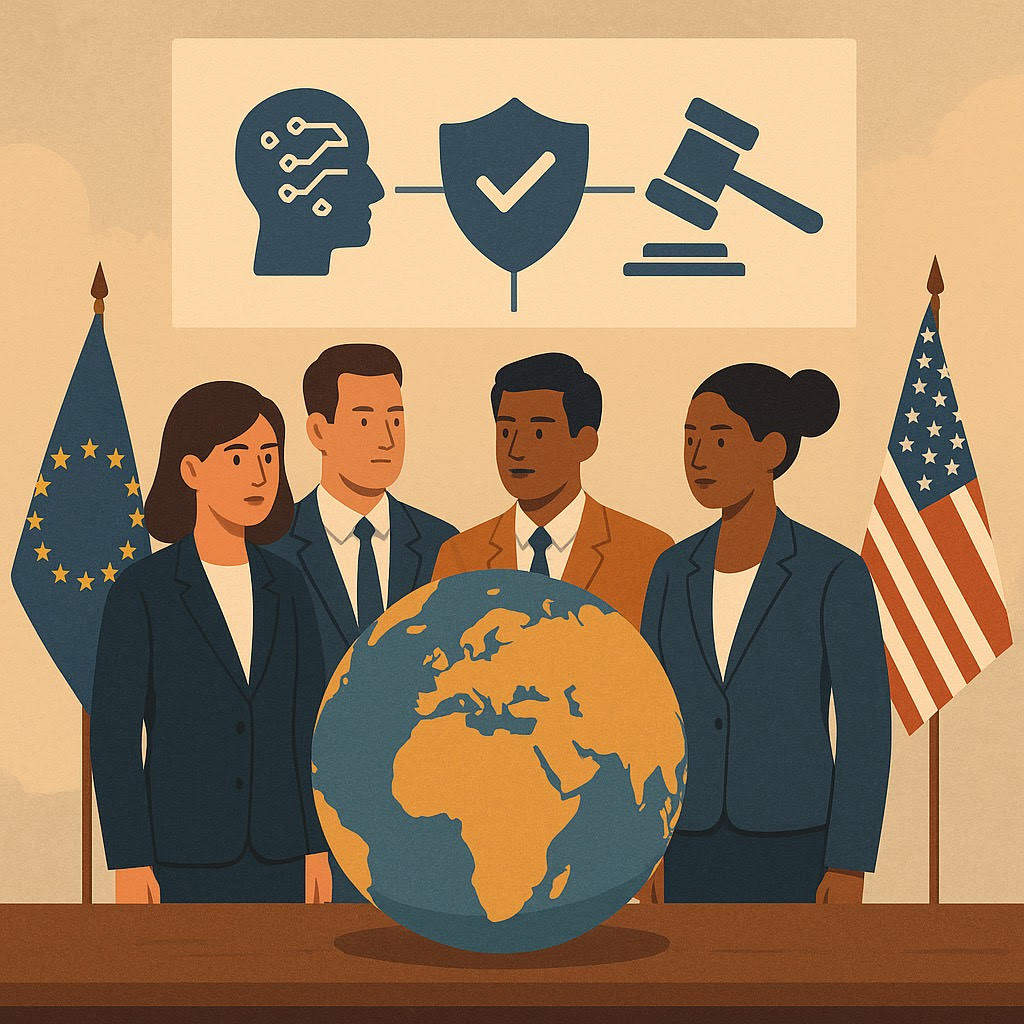
Globally, countries are adopting varied approaches to combat deepfake technology:
- European Union: The GDPR already provides a robust framework for data protection, including misuse of personal imagery.
- Australia: Legislation imposes fines for platforms failing to remove harmful content swiftly.
- India: Currently drafting comprehensive laws to address NCII and digital crimes.
Collaboration between nations is essential to address the cross-border nature of these offenses effectively.
Ethical Perspectives: Innovation vs. Accountability
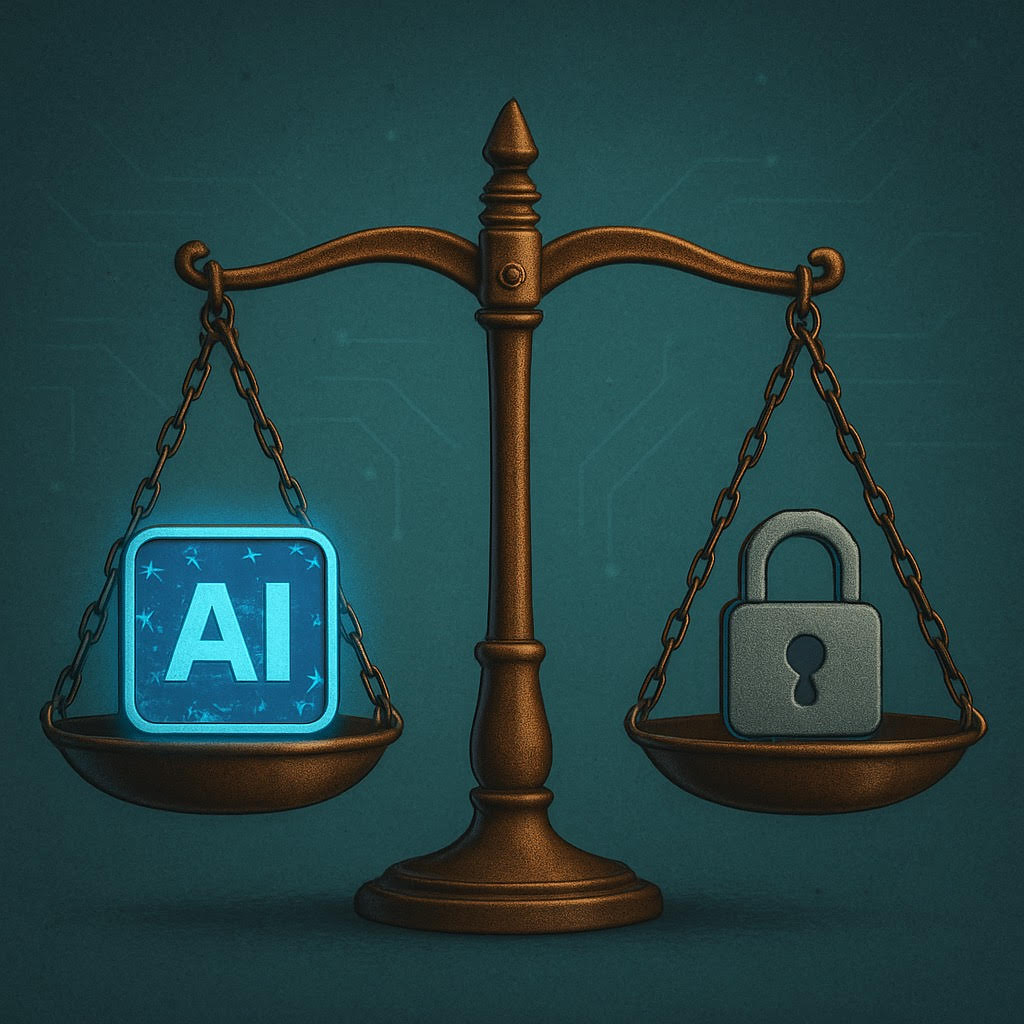
The rise of deepfakes forces society to confront ethical questions:
- Should AI developers be held responsible for misuse of their tools?
- How do we balance technological innovation with accountability?
- Can we protect privacy without stifling free speech?
These questions will continue to shape the regulatory landscape for years to come.
Conclusion: The Path Forward
The J&O vs. Internet Platform case and the resulting TAKE IT DOWN Act signify a turning point in digital rights and privacy. While the law is a major step forward, continued vigilance, global cooperation, and ethical foresight are essential to combat evolving threats.
As technology advances, so too must our laws and societal responses. The fight to protect privacy and dignity in the digital age has just begun, and every step forward brings us closer to a safer online world.
At Lexnova Consulting, we strive to bridge the gap between technology and law by providing insightful analysis and expert guidance on emerging legal challenges. As champions of justice and privacy, we are here to help individuals and businesses navigate the complexities of the digital age. For tailored legal assistance or to learn more about how we can support your needs, visit our website or get in touch with us today.
References
- Congress.gov – S.146
- RAINN – TAKE IT DOWN Act
- EFF – Congress Passes TAKE IT DOWN Act Despite Major Flaws
- Reuters – Manipulating Reality: The Intersection of Deepfakes and the Law
- The Times – Oxford University Calls for Tighter Controls to Tackle Rise in Deepfakes
- AP News – AI-Generated Video Gave Victim a Voice at His Killer’s Sentencing in Arizona
- New York Post – Mr. Deepfakes, Leading Site for Nonconsensual ‘Deepfake’ Porn, Is Shutting Down
- Business Insider – Constitutional Law Experts Don’t Always Agree with Elon Musk — But on X’s Deepfake Lawsuit, Some Do
- Thomson Reuters – Deepfakes: Federal and State Regulation Aims to Curb a Growing Threat
- NYSBA – The Deeply Complicated Issues Surrounding Deepfakes
The growing recognition of digital rights is not limited to one country. For example, the Supreme Court of India recently declared digital access a fundamental right, marking another step in the global movement toward securing individual rights in the digital age. “If you found this article insightful, check out our detailed post on Digital Access as a Fundamental Right.

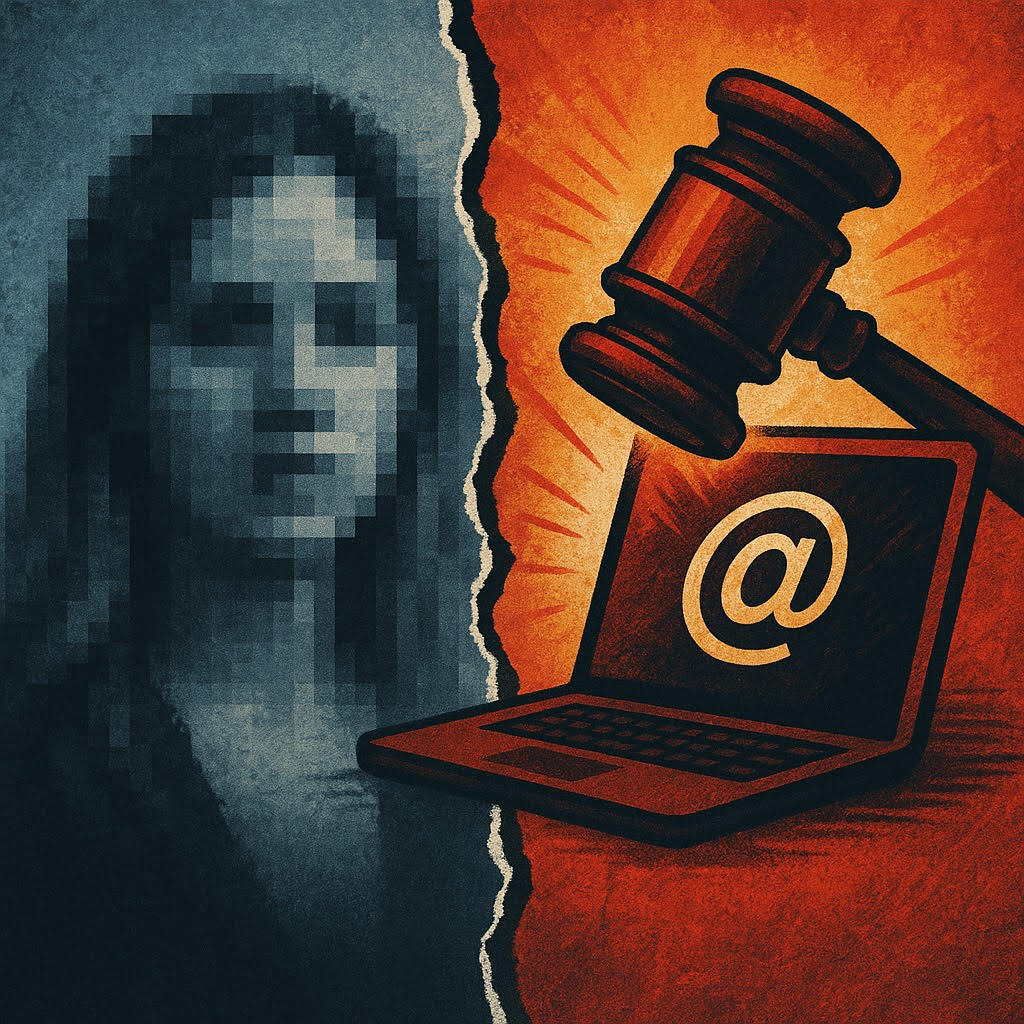
One Response